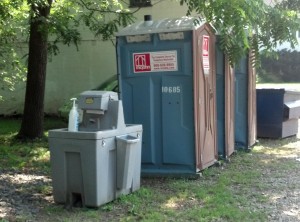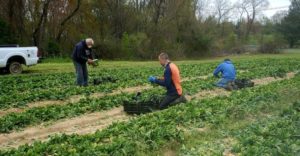The Food and Drug Administration (FDA) has lifted the restrictions on carrying out On-Farm Readiness Reviews (OFRR). The New Jersey Department of Agriculture (NJDA) in cooperation with Rutgers Cooperative Extension will start offering OFRR’s in the next couple of weeks.
The objectives of the On-Farm Readiness Review program are to:
- Offer a voluntary, non-regulatory, pre-inspectional “readiness” review primarily for covered farms and discuss whether the farm is covered by Food Safety Modernization Act (FSMA) Produce Safety Rule or whether the farm may be exempt from parts of FSMA
- Promote coordination between farmers, regulators & educators
- Educate regulators about on-farm practices and conditions
- Familiarize non-qualified farms with the regulations
This is a confidential review of individual farm operations. Usually there are two individuals on the team, one each from NJDA and Extension. This is not a records review, but an overall assessment of the farm operation and how the farming practices conform to the Produce Safety Rule. The team walks around the operation with the grower and discusses the different aspects of the farm. Once the review is over the group sits together and reviews the findings and makes suggestions for possible changes to meet the rule. Any notes that are taken during the review are left with the grower.
Any fruit or vegetable operation with sales over $25,000 are eligible for the review. It is encouraged that someone on the farm has gone through the Produce Safety Alliance (PSA) training prior to the review. The PSA training meets the requirement for training under the Product Safety Rule that someone on the operation must receive training recognized by FDA.
The OFRR is a good way to help a grower understand what is required under the Rule. How do you schedule for a review? Contact Chris Kleinguenther, NJDA, at Christian.Kleinguenther@ag.nj.gov. Chris will contact the grower and schedule a date and time for the review.


